Fresh off the hills, the merino wethers are being shorn at Lake Heron Station in Canterbury.
The farm sprawls across a mountainous 19,600 hectares that is also used for adventure heli-skiing in winter.
The station is owned by the Todhunter family and goes from 2800 metres at the top to the windswept shores of Lake Heron.
Like an arm, the farm stretches towards the Main Divide for 45 kilometres and is home to three mountain ranges.
"We've still got several glaciers and they form part of the terrain we ski on over winter with the Methven heliski," Philip Todhunter says.
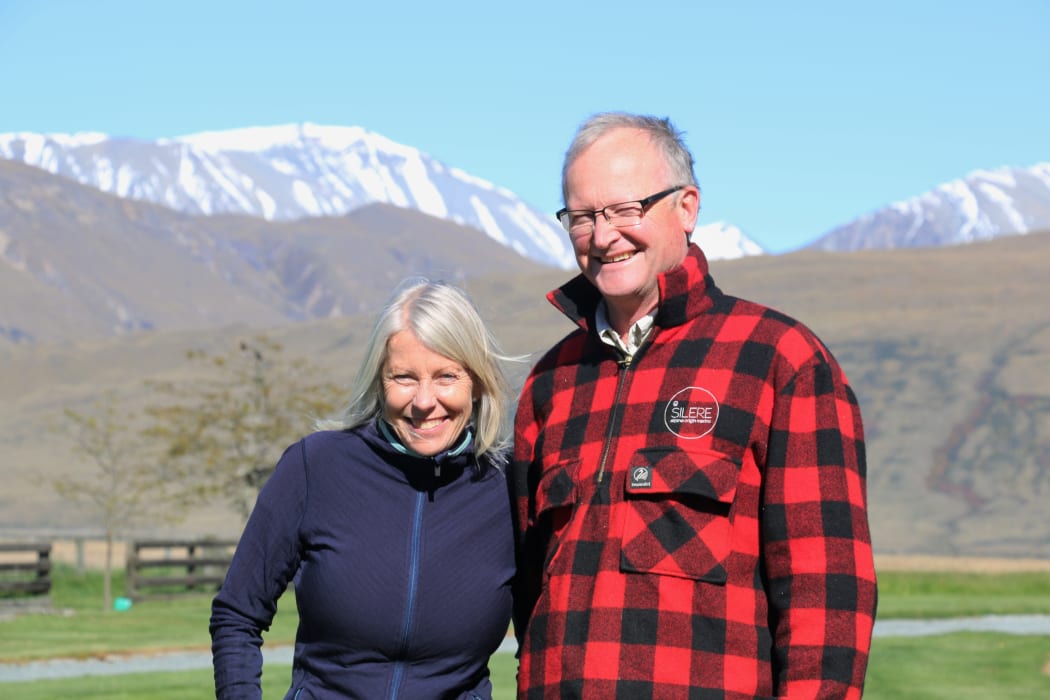
Anne and Philip Todhunter Photo: RNZ / Cosmo Kentish-Barnes
The sheep aren't scared of a bit of adventure either.
"They go to the top of Teddy's Hill. It's got flattop with snow on it at the moment and that's nearly 1700 metres high."
Mustering the sheep off the rugged hills takes three or four days and is a highlight of the year for stock manager manager, John Templeton.
"It's pretty special really. Guys that come to help are mates that you've worked with before, so it's good to sit around the hut and tell a few lies and have a few beers," John says.
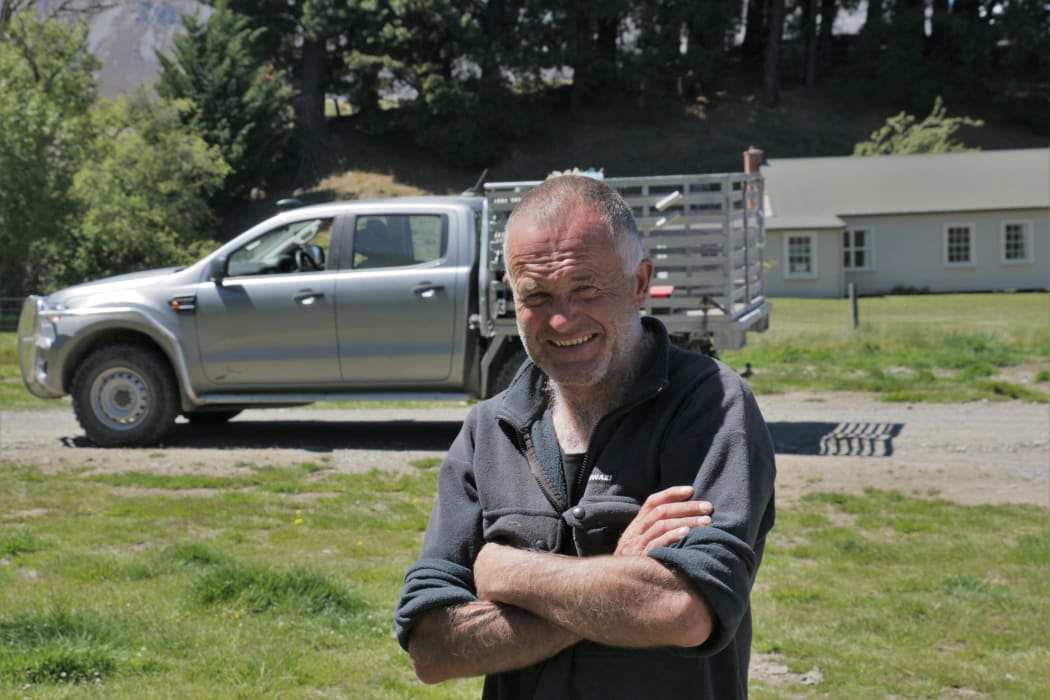
John Templeton Photo: RNZ / Cosmo Kentish-Barnes
The shearing shed hasn't changed for decades. Inside, the old floor boards are protected and conditioned by lanolin from the wool.
Rakaia shearing contractor Grant Smith and his gang are looking at shearing 700 wethers on their first day at Lake Heron.
In a year they'll work with about 120 clients, Grant says.
Shearing has taken Toko Hapuku to places as far away as Italy and the Falkland Islands. He is a key man in Grant's shearing gang and admits it's in his genes.
"It's a bit of a family trade I'd say. My dad was a shearer and my granddad's got a shearing contracting business in Australia."
He makes a good living off it too.
"Anything between $80,000 and $100,000 a good shearer can make. There aren't that many jobs out there that make that much!"
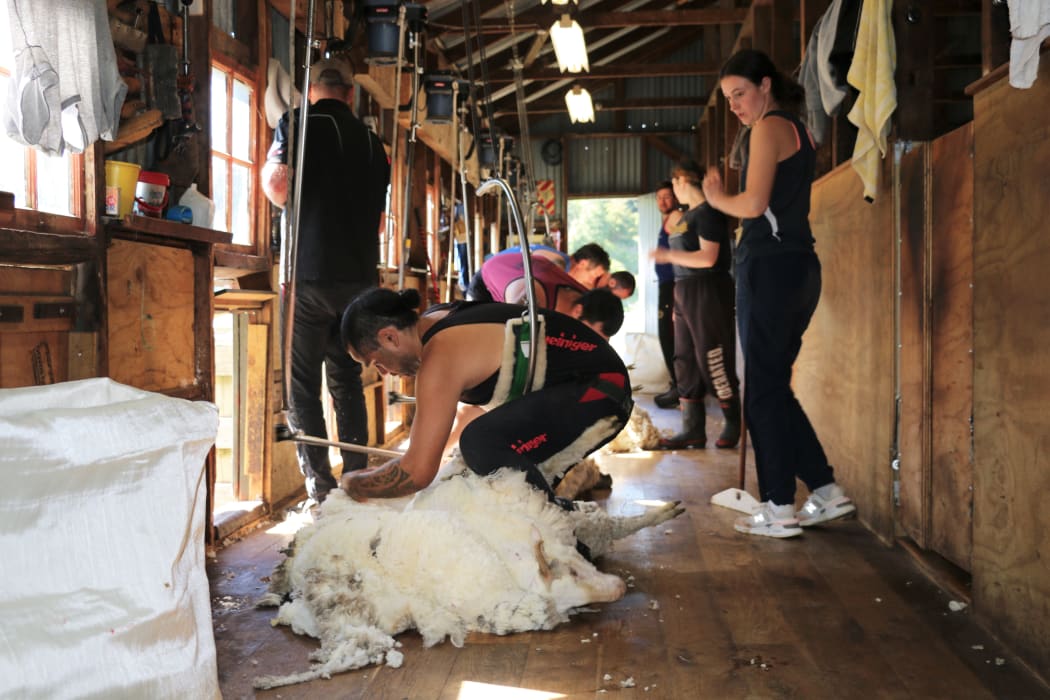
Toko Hapuku (in the foreground) Photo: RNZ / Cosmo Kentish-Barnes
The shorn fleeces are thrown out across the wool table in front of wool handler Liz Spooner, who sorts it before it gets classed.
She's worked on the Lake Heron Station shearing beat for years.
Eight years ago she retired but was so bored at home that she decided to come back to the table.
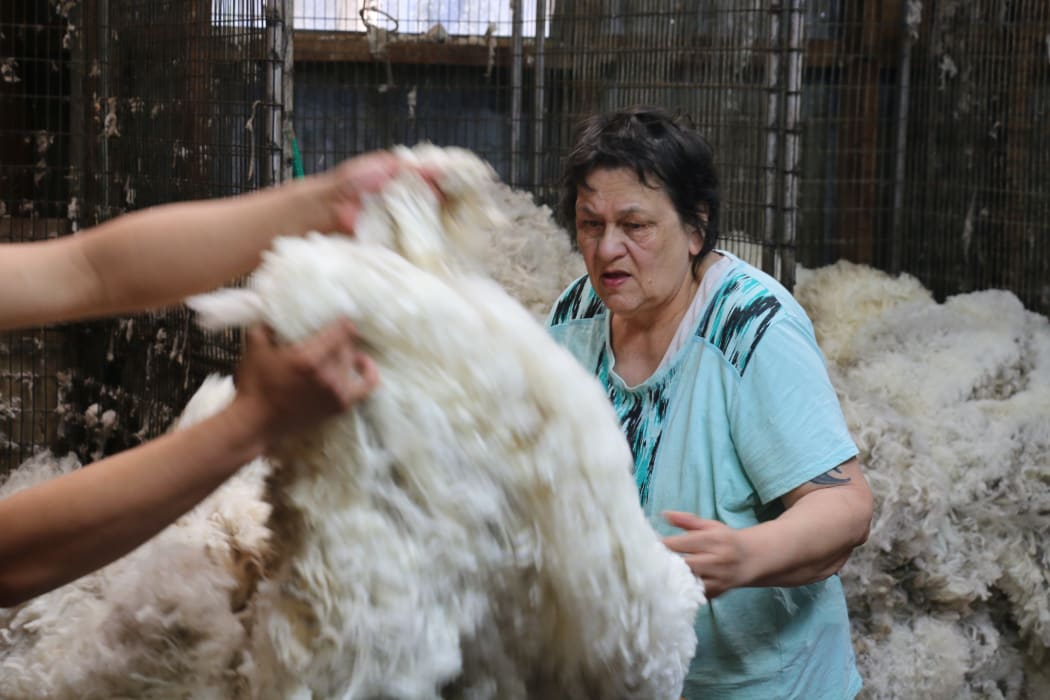
Liz Spooner Photo: RNZ / Cosmo Kentish-Barnes
"This is the sort of lifestyle I like, I like this ambiance, talking with different people and meeting the farmers," she says.
It's hard work though. "By the end of the day I'm buggered!"
The low micron wool is contracted to the Icebreaker brand.
Philip's daughter Maria Todhunter is classing the wool. She learnt the skill from her grandfather.
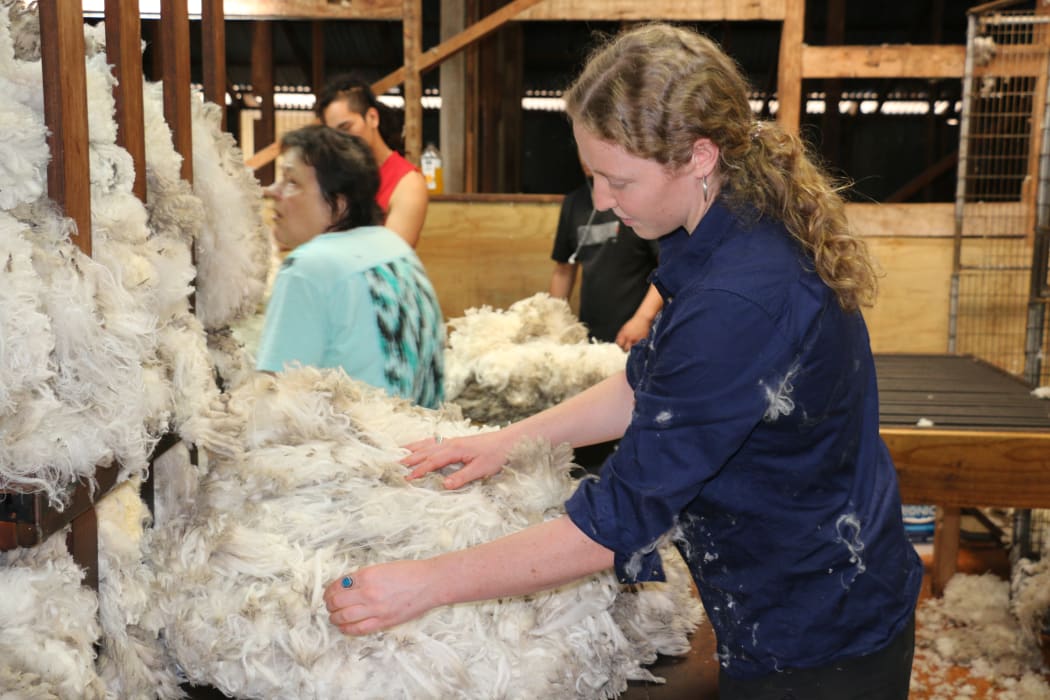
Wool classer Maria Todhunter Photo: RNZ / Cosmo Kentish-Barnes
"I stood by him for a good four or five years and that's the best way to learn; just looking at fleece after fleece, getting an understanding of how they compare and seeing the variation from year to year."
She's recently finished a mechanical engineering degree at Canterbury University and is about to start a new job but there was one thing she had to do first.
"I had to make sure I had a couple of weeks off so I could come home and class the wool."
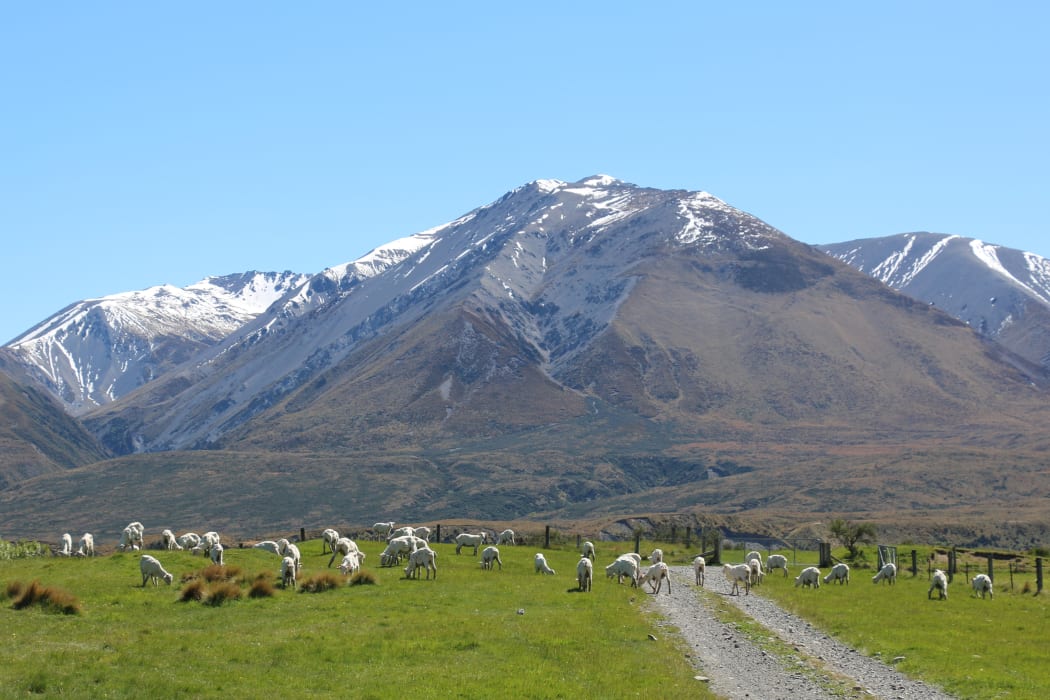
Back on the hills after shearing Photo: RNZ / Cosmo Kentish-Barnes

